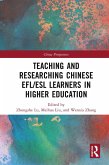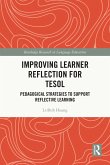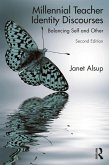Chapters outline the CLIL methodology, the differences in 'hard CLIL' (subject led) and 'soft CLIL' (language-oriented) before focusing on the EFL interpretations of soft-CLIL. Although the distinction of hard CLIL and soft CLIL has been mentioned in several publications, this is the first book-length exploration of this issue, featuring chapters examining expectations, challenges, material support, implementation, and even motivation in CLIL classrooms. All of this culminates in a review of the potential and future of CLIL in EFL contexts, paving the way for more widespread and well informed implementation of CLIL all over the world.
Dieser Download kann aus rechtlichen Gründen nur mit Rechnungsadresse in A, B, BG, CY, CZ, D, DK, EW, E, FIN, F, GR, HR, H, IRL, I, LT, L, LR, M, NL, PL, P, R, S, SLO, SK ausgeliefert werden.
-David Marsh PhD, FRSA (Finland)
"At a time in CLIL research and pedagogy when it is key to take into account the specificities across contexts and types of CLIL, this excellent book is a unique contribution to the role of CLIL in EFL classrooms. It addresses relevant issues in soft CLIL such as translanguaging, focus on form, materials or assessment, providing a rich source of information for both researchers and educators."
-Ana Llinares, Universidad Autónoma de Madrid (Spain)









